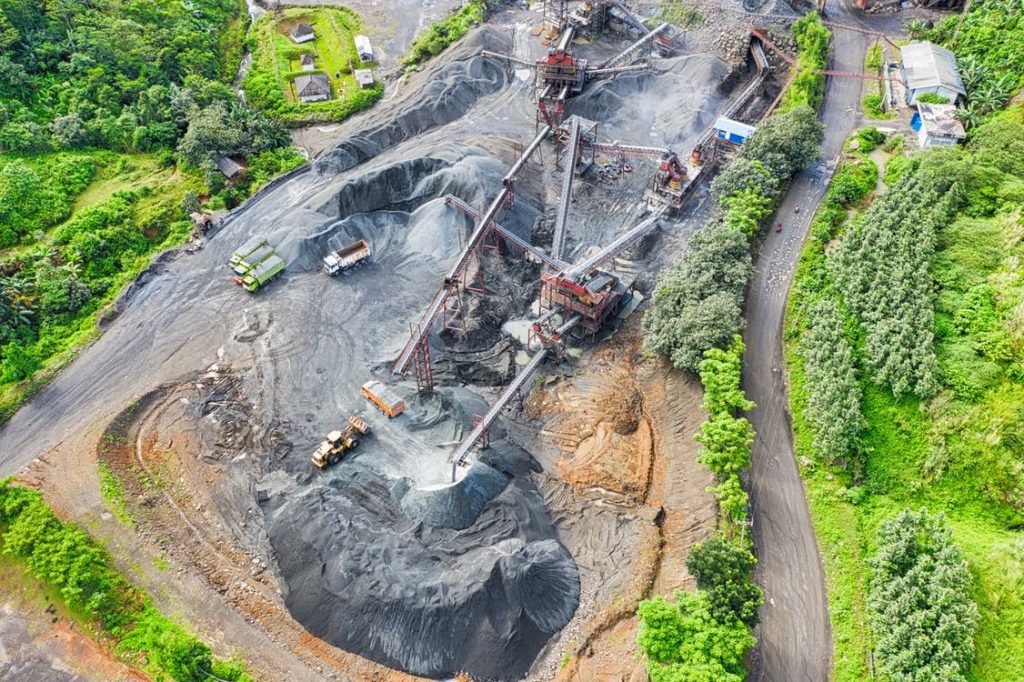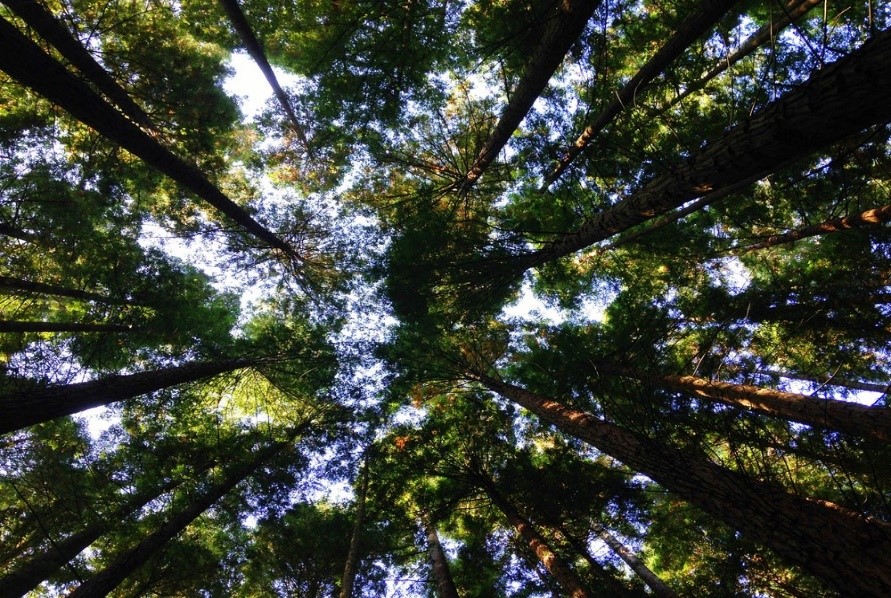Guest contributor Becky Morris provides some thoughts on how the effects of mining on the planet can be minimised. Becky is a content and digital marketer working on behalf of Mineco. She specialises in creating inventive and engaging articles, blog posts and graphics. Becky has a high level of knowledge within the mining industry.

As humans, we have always used the resources of our planet to our advantage. Burning wood for heat, using rock and stones for buildings and smelting metals for tools. For a long time, the impact we made was insignificant, but as the population increased, and human life changed, our need for Earth’s resources increased. For the first time in history, humans are using the planet’s resources at an unsustainable rate, which is changing planet Earth, making it less habitable for us and other species around us.
Mining is the extraction of minerals and other geological materials from deposits on the Earth. It is a necessary step to harvest materials that cannot be grown through agricultural processes or created artificially. We rely on mining for many things we use, including mobile phones, vehicles and building so we are always going to need to mine. However, with the planet being increasingly damaged, we need to start being more sustainable and find ways to protect the earth better before we cause complete, irreversible damage.
What does sustainability mean?
Sustainability is about creating a balance – which means meeting today’s needs and not compromising future generations. Sustainable mining refers to mining materials and energy resources, onshore and offshore, in a way that maximises the economic and social benefits while minimising the impact on the environment.
How does mining affect the environment?
There are several ways that mining harms the environment, and we must understand how mining affects the earth before we can begin to make changes.
Air Pollution – Depending on the mining process and type of material, dust and other particles can be released into the air. Many of these particles are composed of toxic substances such as lead and arsenic. If breathed in these particles can have adverse effects on human health and the health of other species. These particles can also change or deplete nutrients in the soil, add harmful chemicals to water and harm crops and forests.
Water Pollution – Water pollution from mining includes acid mine drainage (the outflow of acidic water from metal and coal mines), metal contamination and increased sediment level in water streams. Sediment is caused by an increase in soil erosion or the smothering of streambeds. This can affect the fish and wildlife in the water as well as irrigation and domestic water supply. Toxic substances can also contaminate water by sediments displaced from mining metals, increased sediment in the water can also affect the quality of water.
Land – Mining requires large areas of land to be cleared, which cause significant disturbances to landscapes. Clearing land includes destroying habitats, which can leave certain species with nowhere left to go which can result in them dying or if species do move to other places it can affect the dynamics of different ecosystems, causing other species to go extinct. Once an area has been used for mining its original setting cannot be replaced and often the poor quality of land and soil means that it can very hard for new plants to grow.
How we can reduce environmental impact?
Mining has a massive effect on the earth, and even though it is a necessary process, many things can be done to help reduce the impacts of mining. In recent years, there has been a more significant focus on ‘green mining’ which aims to promote materials and energy efficiency while mining. 1. Replenishing the environment – During the time a mine is being used, it should be a priority to be replenishing the areas around the mine. Simple actions can help replenish the environment and give it the best chance of surviving. Replenishing native soils and grasses, removing and cleaning access waste and replanting tree and natural forestry can be a great start.
1. Replenishing the environment – During the time a mine is being used, it should be a priority to be replenishing the areas around the mine. Simple actions can help replenish the environment and give it the best chance of surviving. Replenishing native soils and grasses, removing and cleaning access waste and replanting tree and natural forestry can be a great start.
Once a mine is no longer needed, many mining companies move on, leaving the land damaged. However, it should be a priority to replenish native soils and grasses, clean up excess waste, remove waste and replant trees and natural forestry to help restore forests to how they were before.
2. Building from reusable waste – One of the main things we can do is reduce the amount we mine. Using aluminium, which is a recyclable material and can be used over and over rather than bauxite ore, which is rarer and less reusable, can help reduce the impact on the environment. Recycling materials like copper takes less energy than processing the ore and recycling steel uses three times less energy than the ore – by recycling and using existing materials it can drastically reduce the effects of mining.
3. Use technology to increase the efficiency of the mining process – By closely monitoring processes, a company can identify where they’re lacking in terms of sustainability. It can help create new ways of thinking and doing, which are more efficient and friendly to the environment. Technology is helping make operations more productive with robots operating 24 hours a day and real-time monitoring or minerals and metal to make better informed decisions. Also, using renewable energy to power vehicles and machines can help make mining more sustainable.
4. Better legislation and regulations – Regulations and laws are different in different nations and countries, but for most, legislations and laws aren’t strict. There is room for improvement to be made to regulations to help regulate mines and reduce environmental damage.
What’s already being done?
We must focus on how we can improve mining, but it is equally important that we celebrate the changes we have already implemented and are making a change with.
1. Zero discharge water programs
These programs take the wasted water from mining and make it reusable; this means that less water is wasted, and contaminated water is clean and reusable. By using techniques like this, it reduces the need for costly disposal processes and helps keep a project’s net water usage at an efficient level.
2. Dust Control
Dust poses a significant threat to not only worker safety but to the environment and communities surrounding mines. Many companies have been putting in place measures above and below ground to help control dust, which lessens the impact on the environment and human and wildlife health.
3. Energy Efficiency
In recent years there has been a massive increase in the number of companies in the mining industry trying to be greener, from reducing energy consumption or using it more efficiently. Many companies are using machinery and vehicles that are powered with clean fuel or an alternative energy source, for example, solar power or hydrogen fuel rechargeable batteries. Even though this is an excellent step in the right direction, there is still a lot of work to be done in this area.
Guest contributor – Becky Morris
